Agibot: The Robot Revolution Has Arrived – And What Happens When It Needs Repair?
The robotics landscape has been irrevocably altered. Forget incremental improvements; we’re witnessing a paradigm shift. Agibot, the newly unveiled humanoid robot, isn’t just another entry in a crowded field – it’s setting a new benchmark for agility, intelligence, and human-like movement, leaving established players like Tesla Optimus, Figure AI, and even the formidable Boston Dynamics struggling to keep pace. The sheer velocity of this development has sent ripples through the AI community, and the question on everyone’s lips is: is this truly the most powerful AI humanoid ever created?
The initial demonstrations are undeniably impressive (you really do need to see it to believe it). Agibot demonstrates a fluidity of motion, a responsiveness to its environment, and an apparent ability to learn and adapt that surpasses its predecessors. It’s a glimpse into a future where robots are not merely automated tools, but genuinely capable collaborators and assistants. But even with such advanced capabilities, we need to consider the inevitable: what happens when this groundbreaking technology… breaks?
This is where Fix4Bot.com steps in. We recognize that the rapid advancement of robotics is outpacing the existing infrastructure for diagnostics, repair, and maintenance. As Agibot and its contemporaries become more integrated into our lives – from industrial automation to healthcare to everyday assistance – the need for specialized repair services will grow exponentially. We’re not just talking about a faulty sensor or a loose wire; we’re talking about diagnosing and resolving complex failures impacting sophisticated biomechanics, advanced AI algorithms, and delicate sensor systems.
The Unprecedented Complexity of Agibot and its Implications for Repair
Agibot’s superiority, according to early reports, stems from a confluence of critical advancements:
- Neuromorphic AI: Unlike traditional AI relying on rigid, pre-programmed rules, Agibot is rumored to leverage a neuromorphic AI architecture. This mimics the human brain’s structure, allowing for far greater adaptability and learning potential. Diagnosing issues within a neuromorphic system is fundamentally different from troubleshooting legacy robotic architectures, requiring specialized knowledge of neural networks and distributed processing.
- Advanced Biomechanical Design: Agibot’s movements are reportedly unnervingly human-like. This requires intricate musculoskeletal systems constructed from advanced materials, precise servo motors, and sophisticated control algorithms. Damage to any of these components – a fractured actuator, a degraded composite material, a software glitch in the motion planning system – can significantly impact performance and potentially cause further harm.
- Sensor Fusion and Environmental Understanding: Agibot’s ability to navigate and interact with the world effectively hinges on a sophisticated sensor suite – cameras, lidar, radar, tactile sensors, and potentially more, all feeding data into a powerful central processing unit. A malfunctioning sensor can lead to inaccurate perceptions and potentially dangerous actions. Repair requires not only identifying the faulty sensor but also recalibrating the entire sensor fusion system.
- Real-Time Adaptive Control Systems: The robot’s ability to react instantly to changing conditions relies on advanced control systems that constantly monitor and adjust its movements. A corruption of the control software, a hardware failure in the processing unit, or even electromagnetic interference can trigger unpredictable behavior.
Fix4Bot.com: Your Partner in Agibot Maintenance and Repair
Fix4Bot.com is designed to be the leading provider of diagnostic and repair services for advanced robots like Agibot. We’re building a comprehensive platform that includes:
- Remote Diagnostics: Leveraging secure, encrypted connections, our expert team can remotely access Agibot’s systems (with proper authorization, of course) to diagnose issues in real-time. This minimizes downtime and allows for quick identification of the root cause of problems. Our remote diagnostics capabilities will utilize advanced data analytics and machine learning to spot anomalies and predict potential failures before they occur. This predictive maintenance is key to maximizing Agibot’s operational lifespan and minimizing costly repairs.
- On-Site Repair Services: For complex issues that require physical intervention, we offer a network of certified technicians specializing in humanoid robot repair. These technicians are proficient in handling delicate components, working with advanced materials, and navigating the intricacies of Agibot’s internal architecture. Our technicians undergo rigorous training, utilizing the latest diagnostic tools and repair techniques.
- Parts and Component Sourcing: Obtaining replacement parts for cutting-edge robots like Agibot can be a significant challenge. Fix4Bot.com has established partnerships with leading manufacturers and suppliers to ensure a reliable supply chain of genuine parts and components. We understand the importance of using certified components to maintain performance and avoid voiding warranties. We can also source difficult-to-find specialized parts, expediting the repair process.
- Software and Firmware Updates: Agibot’s functionality is deeply tied to its software and firmware. We provide expert services in updating and troubleshooting these systems, ensuring compatibility and optimal performance. Our team is adept at reverse-engineering, debugging, and patching complex codebases, mitigating vulnerabilities and optimizing system functionality.
- Custom Repair Solutions: Every robot is unique, and sometimes standard repair procedures are insufficient. Fix4Bot.com has the expertise to develop custom repair solutions tailored to specific situations. This involves collaborating closely with clients to understand the unique challenges they face and devising innovative strategies to overcome them.
- AI-Powered Diagnostic Tools: We’re developing proprietary AI-powered diagnostic tools that can analyze Agibot’s operational data, identify patterns suggestive of impending failures, and even pinpoint the exact location of the problem. These tools will leverage machine learning algorithms trained on vast datasets of robotic failures and repair records. The long-term goal is to create a self-diagnostic system for Agibot, enabling it to identify and report potential issues autonomously.
- Preventative Maintenance Programs: We offer comprehensive preventative maintenance programs designed to extend Agibot’s lifespan and minimize the risk of unexpected breakdowns. This includes regular inspections, lubrication, cleaning, and software optimization. Our programs are customized to the specific operating environment and usage patterns of each robot, ensuring maximum effectiveness.
The Challenges Ahead: The Future of Agibot Repair
While the potential of Agibot is immense, its complexity presents serious challenges for its maintenance and repair:
- Knowledge Gap: Very few individuals and organizations possess the deep technical knowledge required to diagnose and repair advanced humanoid robots like Agibot. Closing this skills gap requires significant investment in training and education. Fix4Bot.com is committed to providing training programs for technicians, equipping them with the expertise needed to service these increasingly sophisticated machines.
- Proprietary Technology: Manufacturers often guard their technology closely, making it difficult for third-party repair providers to access the information needed to diagnose and fix problems. Open standards and collaborative repair initiatives are essential to facilitate wider access to repair knowledge. We advocate for greater transparency and openness in the robotics industry to promote innovation and reduce repair costs.
- Material Science: Agibot’s biomechanical components are likely constructed from advanced materials with unique properties. Understanding the degradation mechanisms of these materials and developing effective repair techniques requires specialized expertise in material science.
- Ethical Considerations: As robots become more integrated into our lives, ethical considerations surrounding repair become increasingly important. Who is responsible if a robot malfunctions and causes harm? How can we ensure that repair processes adhere to safety standards and regulatory requirements? These are complex questions that require careful consideration and proactive solutions.
The AI Nexus and the Future of Robotics
At The AI Nexus, we’re committed to exploring all facets of the rapidly evolving AI landscape. From groundbreaking advancements like Agibot to the critical need for robust repair infrastructure, we strive to provide insightful analysis, informed commentary, and a vibrant community for enthusiasts and professionals alike.
We invite you to subscribe to our channel, engage in discussions in the comments section, and share your thoughts on the transformative potential of AI and robotics. Your feedback and perspectives are invaluable as we navigate this exciting new era.
Contact us: [email protected] – For inquiries related to repair techniques, technology advancements, and potential support needed for your Agibot (or other advanced robots).
The age of the humanoid robot is officially here. The future is unfolding before our eyes, and Fix4Bot.com is ready to be your trusted partner in ensuring that these incredible machines remain operational, reliable, and safe. Let’s shape the future of robotics, together.


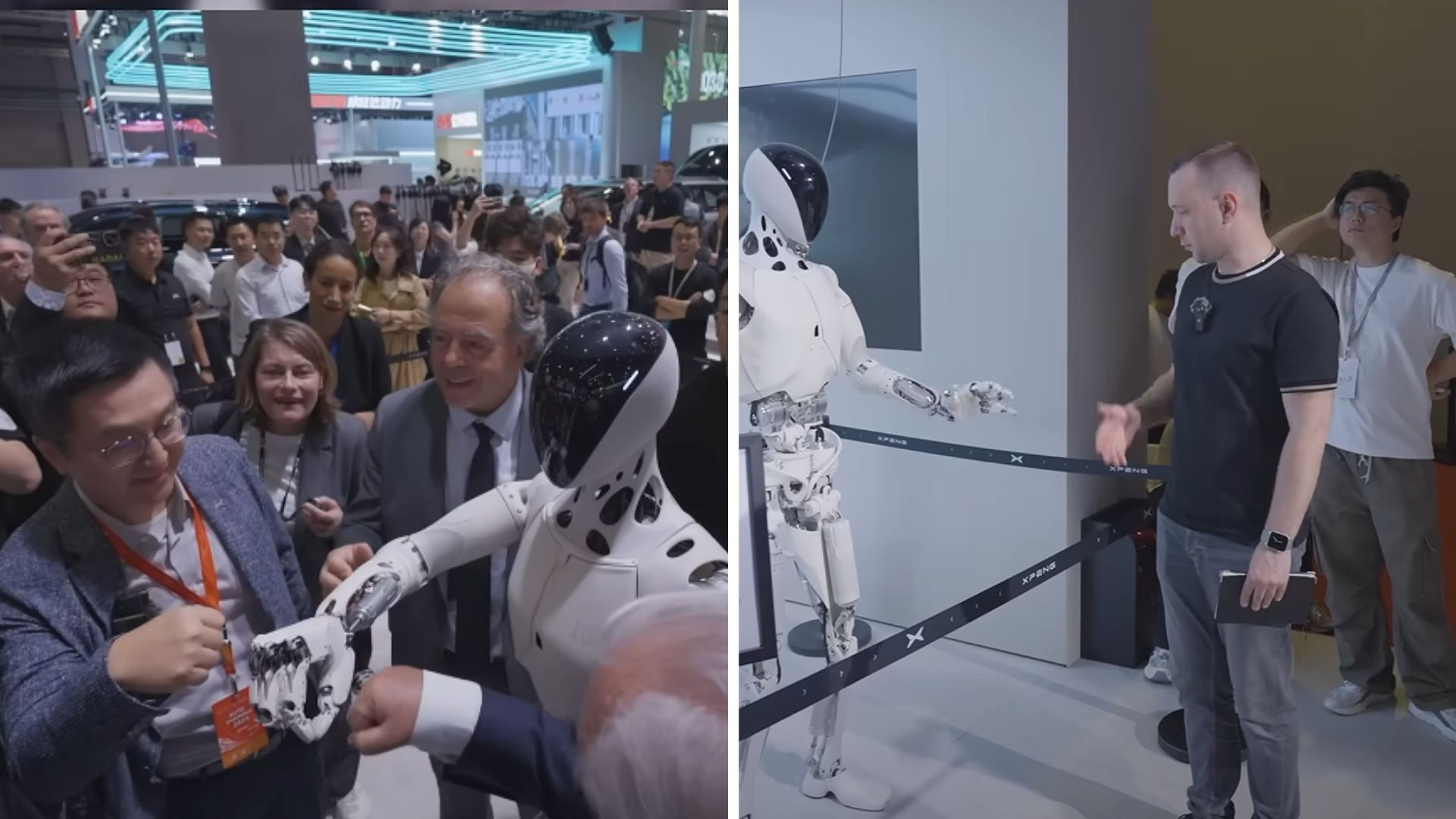

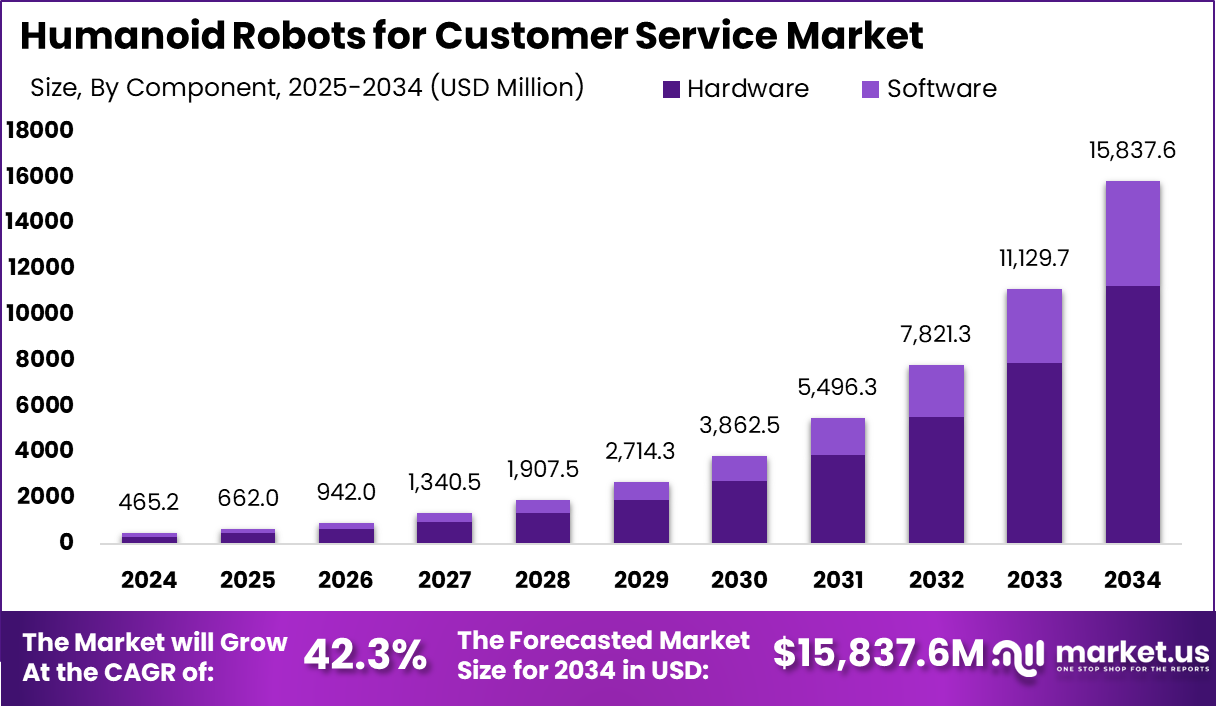
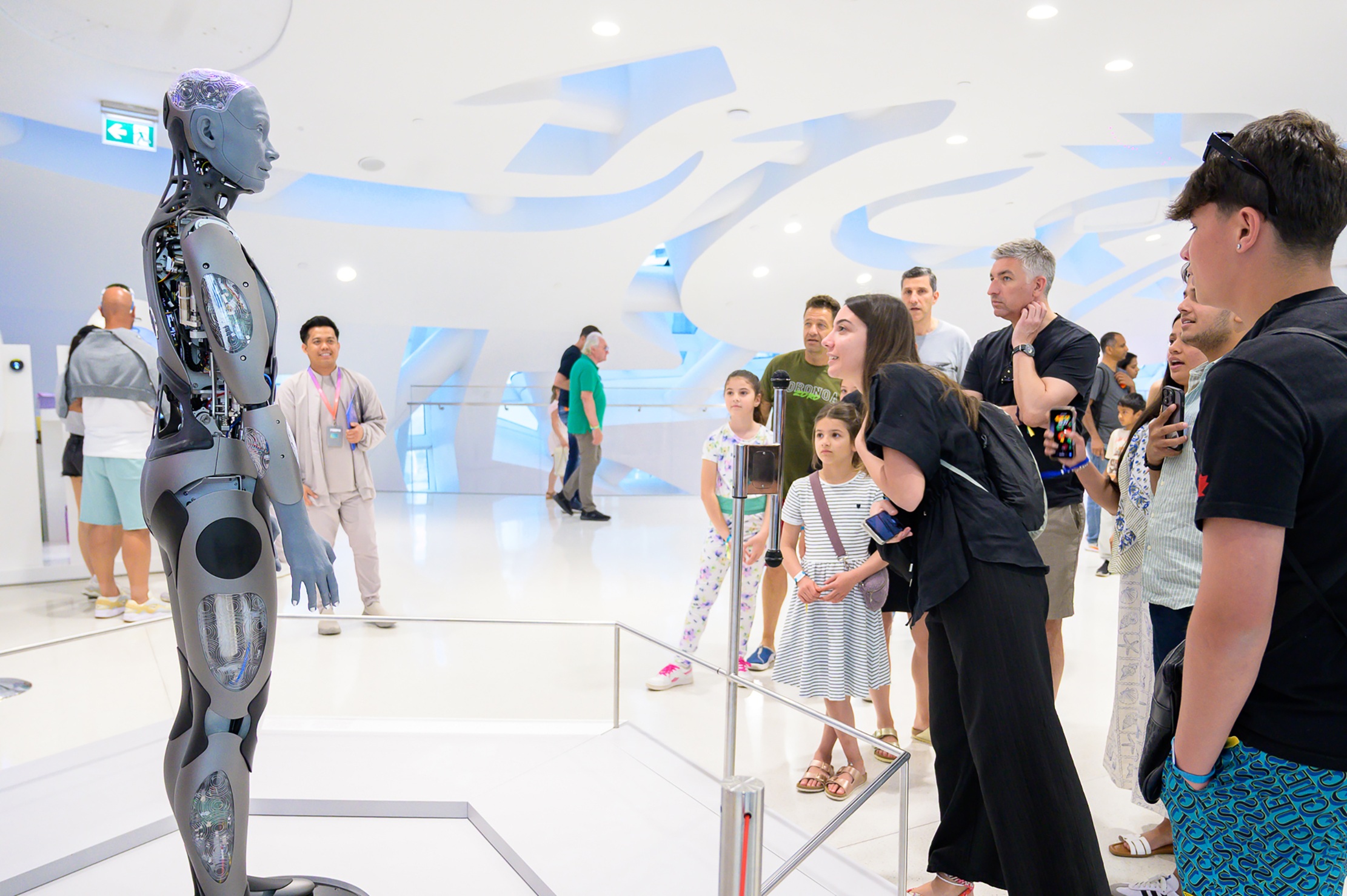
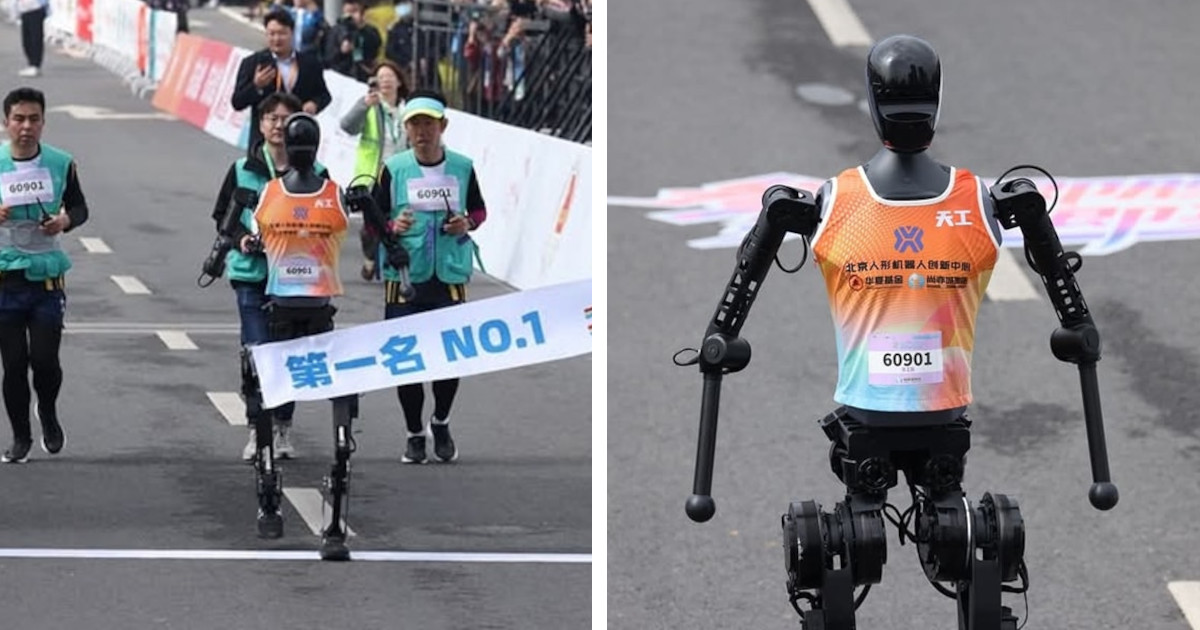
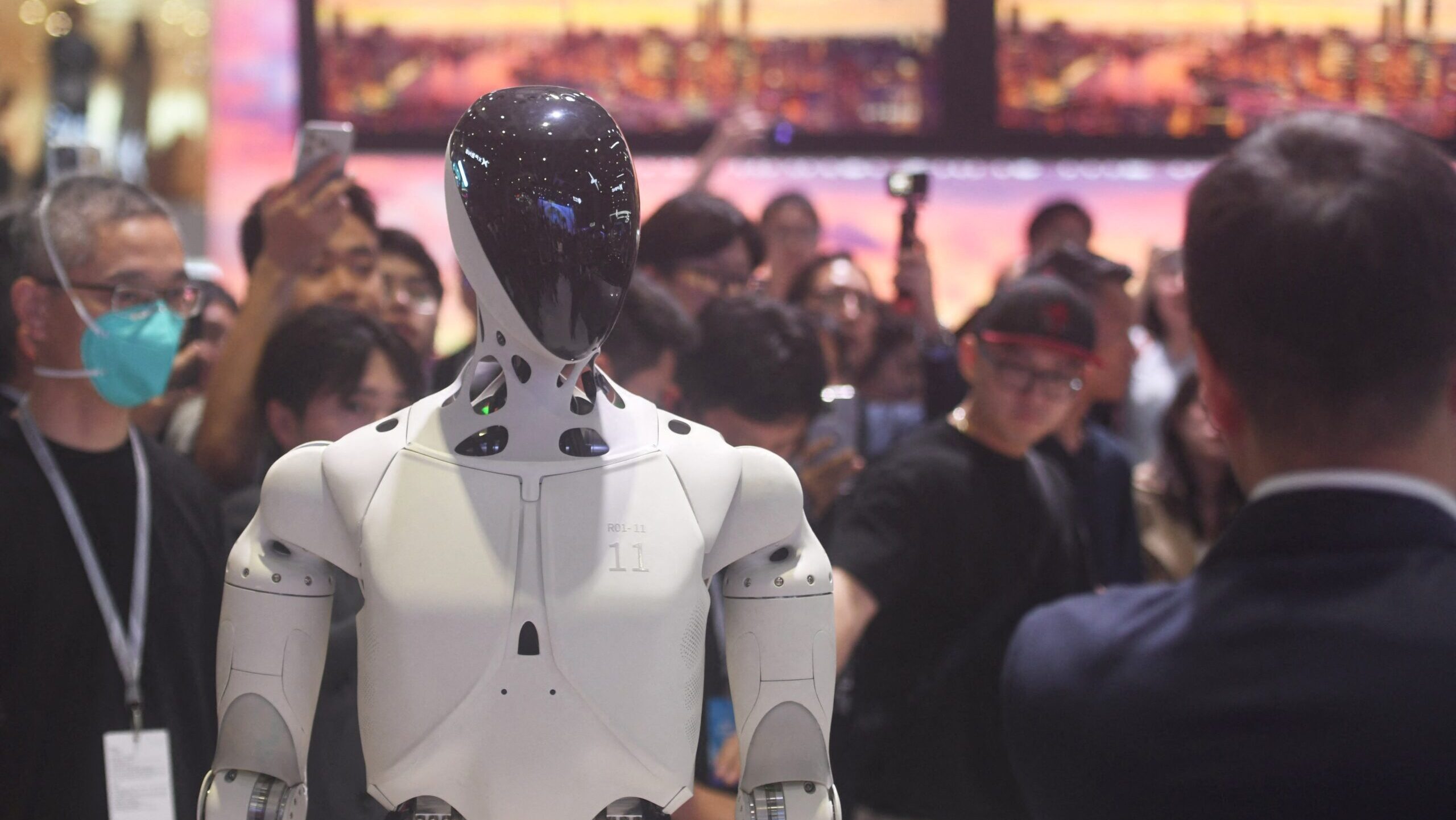

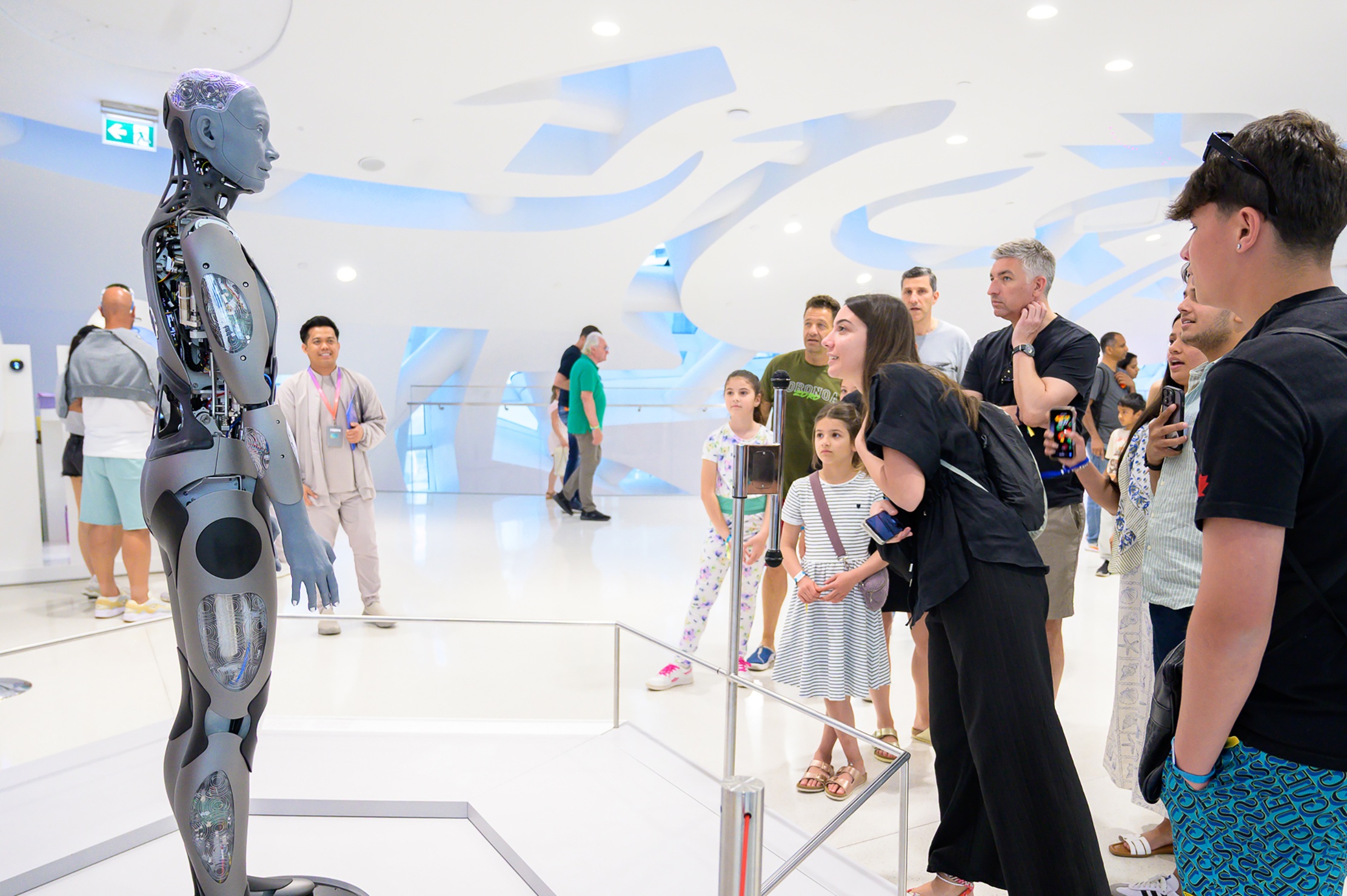

5:01 This is definitely needed in Healthcare Solutions!
7:20 University of Michigan Data Scientist
ApprovedHow come no video of it “rolling”?
Adocao
Tudo no meu nome legalizado
Change your voice. It’s so dull. Can we have an AI replacement voice next video, please 🙏
🥰😍🤩🥳❤💯💢💥💫👍👍👍
That's what I wanted in robotics. It's great that most of these robots walk like human and can dance and flip…but the only thing that make them useful is what Agibot have done. The ability to recognize human facial, emotion, voice and the world around them and then execute autonomously is what should set the standard in embodiment AI.
martial arts free style fighting droids
You no why no wheeling because it's just hyped chinese crap of a robot
It is using the Nvidia Neo Verse simulator and trainning runs. This is US tech, only the mechanical China made. All the balance and walking are trained. It is the reference model of Nvidia solution.
I don't think so, Boston Dynamics just released a new video today where their lates robot is acting and moving very human like, at the end there will be several companies making robots, none will be destroyed as per your click bait. There is a lot of room for competition, just like cars, some will be better than others and some for specific tasks.
Nope. not even close. Watch the video of The new Atlas electric humanoid robot from Boston Dynamics where Atlas is breakdancing and running like a human. It even does a hand stand while dismounting backwards. The movements of that robot are so fluid its mesmerizing. https://youtu.be/I44_zbEwz_w?si=Fw3d05Yvy1Xl6fEP
Damn, that's thinking outside the 'bot'😅as much as i literally hate these dudes, they seem cool😢; all the more scary
Wake me up once it starts skateboarding and surfing to anything close to any practiced human board rider.
They are gettting better all the time!
Not only that, how about the dexterity in those fingers…… Oh wait!